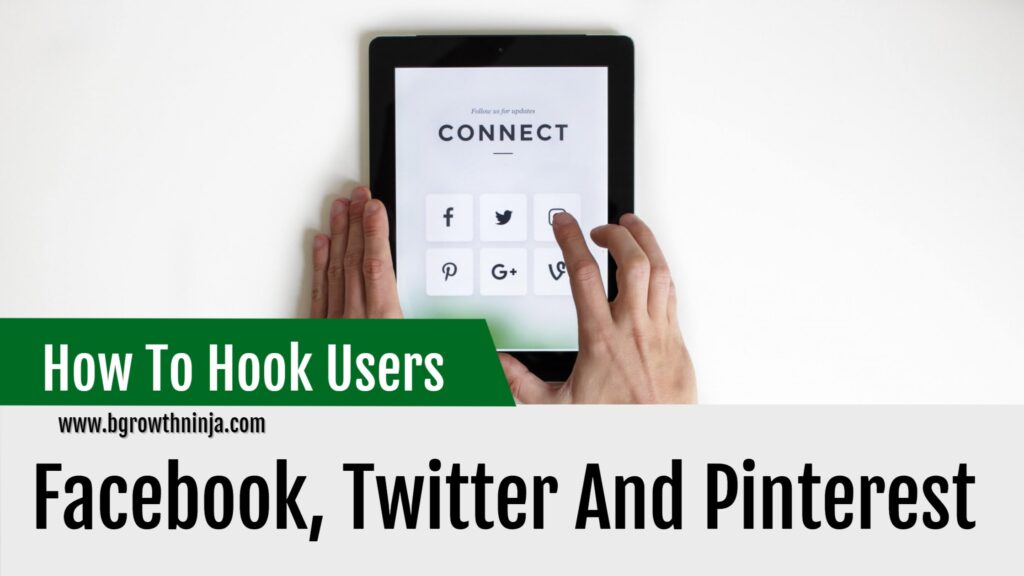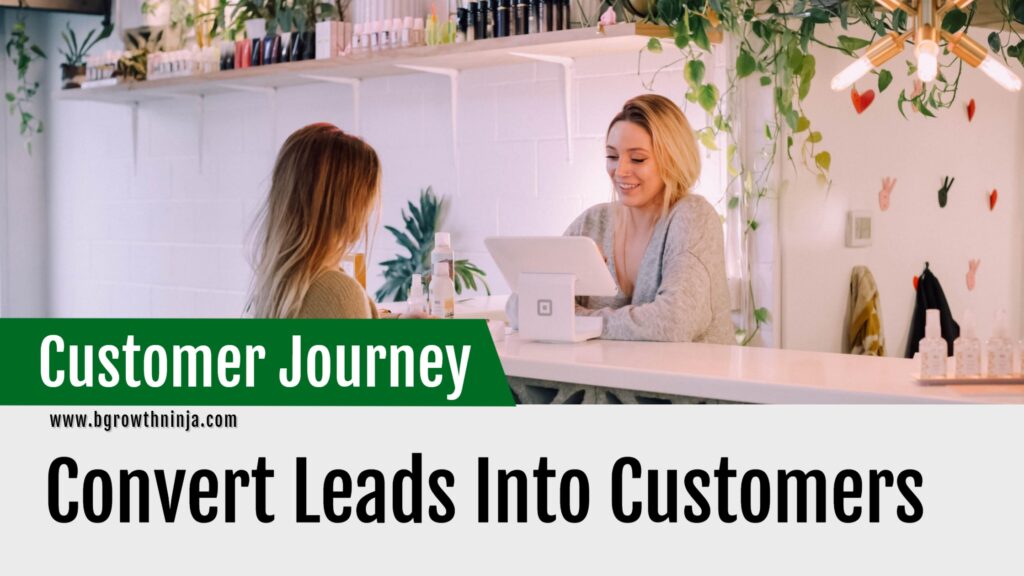Enter the name of almost any successful web company in the search bar and add the word “addict” after that. Come on, I’ll wait. Try “Facebook addict” or “Twitter addict” or even “Pinterest addict” and you will soon get a lot of results from enthusiastic users and observers making fun of the drug properties of these sites.
How is it that these companies, producing little more than the snippets of code displayed on the screen, can seemingly control the minds of users? Why are these sites so exciting, and what does their power mean for the future of the Internet?
We are on the verge of a new digital era. As endless distractions compete for our attention, companies are learning to embrace new tactics to stay relevant in the minds and lives of users. Companies increasingly believe that their economic value depends on the strength of the habits they create.
First wins for attention
A company that forms strong user habits has several benefits to its bottom line. First, it creates associations with “internal triggers” in the minds of users. That is, users come to the site without any external prompts. Rather than relying on expensive marketing or worrying about differentiation, companies force users to react to actions by adding their services to the daily routines and emotions of users.
An established habit, when users start to get bored, Facebook immediately comes to mind. They think they wonder what’s going on in the world? And before a smart decision comes in, Twitter is the answer.
Desire production
But how do companies connect with the internal cues needed to build habits? They generate desire. While Mad Men fans are familiar with how the advertising industry once created consumer desire during the golden era of Madison Avenue, those days are long gone.
A multi-screen world, with cautious consumers and a lack of ROI, has shown that Don Draper’s widespread brainwashing has become useless for all but the biggest brands.
Instead, startups generate desire by guiding users through a series of experiences aimed at creating habits. I call these events Hooks, and the more often users go through them, the more likely they are to be triggered.
Trigger
A trigger is an actuator of behavior – a spark plug of the Hook model. There are two types of triggers: external and internal. Acquiring technologies start by alerting users with external triggers such as email, a website link, or an app icon on a phone. By continuously moving along these hooks, users begin to form associations with internal triggers that are tied to existing behaviors and emotions. Soon, triggers are fired every time users feel a certain way. The internal trigger becomes part of their routine and the habit is formed.
For example, suppose Barbra, a young woman in Pennsylvania, sees a photograph on her news feed posted by a family member in a rural state. This is a beautiful photograph, and as she is planning a trip there with her brother Johnny, the trigger intrigues her.
Act
After the trigger, the intended action is triggered. Here, companies use two aspects of human behavior: motivation and ability. To increase the user’s chances of completing the intended action, the Behavior Designer makes the action as simple as possible while increasing the user’s motivation. This Hook phase is based on usability design to ensure that the user acts as the designer intended.
Using Barbra’s example, clicking on an interesting picture in her news feed took her to a website she had never been to before – Pinterest. Once she performs the intended action (in this case, by clicking on the photo), she is blinded by what she sees next.
Variable reward
What separates hooks from simple feedback is their ability to create desires in the user. Feedback loops around us are predictable and do not create desire. Predictable Response – The light in the refrigerator when you open the door won’t keep you going to keep opening it over and over again. However, add some variation to the mix – say, in your fridge every time you open it, something new appears, and thus interest is created. You will open this door like a laboratory animal in Skinner’s box.
Variable reward charts are one of the most powerful tools that companies use to attract users. Research shows that levels of dopamine – a neurotransmitter that helps control the brain’s pleasure center – spikes when the brain expects a reward. Introducing volatility multiplies the effect, creating an insane hunting state, activating the parts associated with desire and satisfaction. While classic examples include slot machines and lotteries, variable rewards are widespread in habit-forming technologies as well.
When Barbra goes to Pinterest, she not only sees the image she set out to find, but many other beautiful images as well. The images relate to what interests her — namely, things to see on a trip to rural Pennsylvania — but there are others that catch her eye. Now she spends more time on the site, hunting for the next interesting photo. Before she knew it, she spent 45 minutes scrolling looking for the next item of interest.
Investments
The last phase of the Hook is where the user is asked to do some work. This stage has a goal in terms of behavior design. To increase the likelihood that the user will make another pass through the hook when the next trigger is presented. Second, now that the user’s brain is floating in dopamine from the expected reward in the previous step, it’s time to pay some bills. An investment usually comes in the form of asking the user to give some combination of time, data, effort, social capital, or money.
But unlike a sales funnel, which has a set endpoint, the investment phase is not about consumers opening their wallets and continuing every day. An investment is an action that improves service for the next round. Referring friends, setting preferences, creating virtual assets, and learning how to use new features are all commitments that improve the user experience. This investment can be used to make the trigger more attractive, easier to act, and more exciting rewards with each pass through the Hook.
As Barbra is endlessly spinning Pinterest’s cornucopia, she has a desire to preserve what makes her happy. By collecting images, she will give data to the site about her preferences. Soon, she will be subscribing, adding, saving images and making other investments that serve to increase her links to the site and fuel her for future Hook loops.
Superpower
Whether we like it or not, the technology for forming habits already exists. The fact that we have more network access through our various devices also gives companies greater access to us. As companies combine this broader access with the ability to collect and process our data at faster speeds than ever before, we face a future where things get more exciting.
This trinity of access, data, and speed creates new opportunities for user engagement technologies. Companies need to know how to harness the power of hooks to improve people’s lives, while consumers need to understand the mechanics of behavior techniques to protect themselves from unwanted manipulation.
Summary : How Facebook, Twitter and Pinterest Hook Users
- The extent to which a company can leverage engaging technologies will increasingly determine which products and services succeed or fail.
- Hook technology creates associations with “internal triggers” that users use without the need for marketing, messaging, or other external incentives.
- The creation of associations with internal triggers comes from the creation of the four components of the Hook – trigger, action, variable reward, and investment.
- Consumers need to understand how habit forming technology works to prevent unwanted manipulation, while still enjoying the benefits of these innovations.
- Companies need to understand the mechanics of habit formation in order to increase engagement with their products and services and ultimately help users create wholesome routines.




